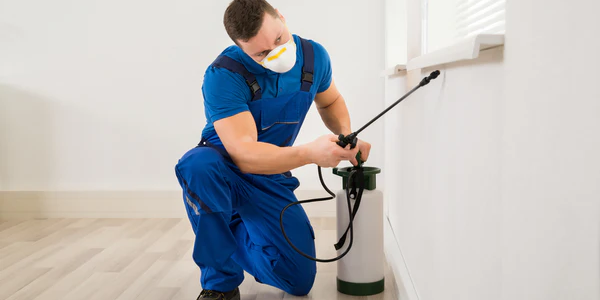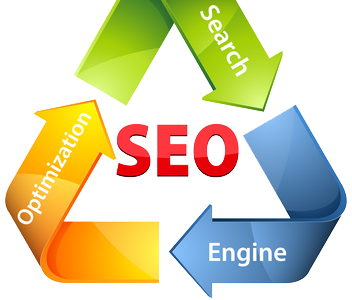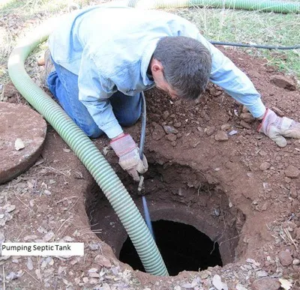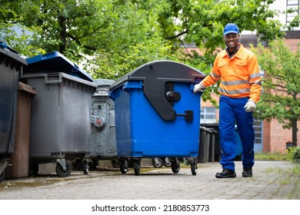Estate cleanouts are often burdensome and stressful. They occur after a variety of circumstances, including the death of a loved one or extreme debt.
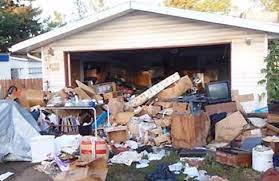
Sorting through belongings and deciding what to keep, sell, or dispose of requires careful and thoughtful consideration. Sentimental items hold significant emotional significance and warrant delicate and respectful handling. Visit Website to learn more.
While navigating estate transitions, it’s important to seek professional help during the cleanout process. This can minimize physical strain and emotional stress, and ensure that valuable items are properly appraised and disposed of. A professional service provider can also address any legal matters that may arise during the cleanout, such as probate laws and property certifications. They can also help settle debts and distribute assets according to a will or trust.
Whether you’re dealing with an entire home or just a garage, an estate cleanout requires extensive planning. Creating a checklist of tasks and setting a timeline can streamline the process. It’s also helpful to categorize belongings into “keep,” “sell,” and “donate” piles to make decisions easier. Involving family members in the process can provide emotional support and encourage decision-making. It’s also helpful to locate important documents, such as insurance policies, bank statements, stock and bond certificates, wills, and estate or property titles. These documents can help ensure that any financial obligations are addressed, and that important mail is forwarded to the new address.
Once the cleanout process is underway, it’s important to protect heirlooms and personal items from theft or damage. Many services offer a secure storage option that’s ideal for antiques, artwork, and other valuable items. During the cleanout process, it’s also a good idea to take regular breaks and seek emotional support as needed.
In addition to preserving cherished belongings, estate cleanout services can be beneficial for the environment and community. Rather than sending items to landfills, most services prioritize environmental stewardship by recycling, repurposing, and donating items. This not only reduces waste, but also gives usable goods a second life and supports social responsibility. When selecting an estate cleanout service, look for a provider that offers these benefits and a flexible approach to suit your needs. A trusted service provider will be transparent about their processes and willing to tailor services to your specific circumstances. They should also be able to provide detailed references and client testimonials. They should also be licensed and insured for your peace of mind.
Valuation
An estate cleanout is a big task that requires a lot of careful planning and execution. It may also involve balancing financial considerations and sentimental value. It is important to carefully inspect each item and determine its value, including the potential for resale or donation. This can help ensure legal compliance and reduce environmental impact. It is also important to consider the history of each item, as this can influence the decision of what to keep or discard.
It is often helpful to work with a professional estate cleanout company. This can help make the process more manageable and less stressful. In addition, these professionals can provide expert advice and guidance on how to deal with the many issues involved in the process. These include identifying and handling valuable items, locating important documents, and ensuring the distribution of assets in a timely manner.
The first step in an estate cleanout is to identify high-value items and items of sentimental importance. It is important to be thorough in this process, checking every cabinet and nook and cranny. It is also important to check pockets and shoes for forgotten jewelry or other treasures. It is also a good idea to store any photos or other memorabilia that hold sentimental value. It is also a good idea to set aside any items that could be sold or donated.
For items of significant monetary value, it is a good idea to hire an appraiser for a valuation. These services can be costly, but they will provide you with a comprehensive report and can help you decide what to keep or sell.
For items that have little resale value, donating them to a local charity can be a great option. This is a good way to help people in need while simultaneously reducing the volume of waste generated by an estate cleanout.
Disposal
In many cases, the family of the deceased must deal with a lot of sentimental items during an estate cleanout. This can be a difficult task as it may result in conflict between family members over who gets what item. This is why it is important to take your time and to be as thoughtful as possible.
Start by gathering all the supplies you’ll need for the project, such as boxes, trash bags, labels, markers, and cleaning materials. Then, work methodically through each room, identifying the items you want to keep and those that can be sold or donated. Be sure to be decisive but compassionate as you make these decisions, and don’t be afraid to ask for help from friends or family members. It is also helpful to have a distraction, such as music or a movie, on hand to make the process a little less stressful.
If you are dealing with valuables or antiques, you’ll need to be especially careful as you sift through them. Be sure to separate them from the junk so that they can be safely stored and retrieved in the future if needed. It is also a good idea to consult with appraisers or estate sale professionals for additional guidance as necessary.
Often, a large percentage of the contents in an estate will be unneeded or unwanted by the family, so it’s a great idea to consider working with junk removal specialists to clear out these items. This saves families the cost of renting a dumpster and allows them to sell or donate these items, which can help offset the costs of the cleanout.
It is also a good idea to mark off any areas that are off limits during the cleanout, such as rooms where important documents are located. This will ensure that family members can safely and securely sift through papers without fear of discarding something important or sensitive. Sifting through personal possessions can be a very emotional experience, so taking your time and being careful will definitely make the process easier on everyone involved.
Recycling
Over time, homes can become cluttered with personal belongings and items that are no longer useful. This is especially true if a family member passes away or a loved one moves out of the home and downsizes. A home cleanout is a big undertaking that can take days or weeks to complete. Estate cleanout services can help alleviate the stress of this task by providing junk removal and disposal.
The first step in an estate cleanout is to assess the property. This includes determining how much stuff is present, what type of items are being kept, and which ones will be donated or sold. The team will also determine which materials can be recycled to minimize landfill waste. This is especially important since organic waste in landfills generates methane, a greenhouse gas that contributes to climate change.
Once the assessment is complete, the estate cleanout team will begin sorting through all of the items in the house. They will separate items into keep, sell, donate, and trash piles. They will also organize the remaining items for storage or transport. The goal is to get rid of as much as possible so that the space can be used for other purposes.
When a person dies, it can be emotionally difficult for their family to sort through their personal possessions and decide what to do with them. An estate cleanout can help make the process less stressful for everyone involved by taking the burden off of a single family member. This service can be especially beneficial for elderly people who have to move into assisted living facilities or for families who are struggling with a death in the family.
The most important aspect of an estate cleanout is to be thorough. This means checking every box, nook, and cranny for important documents. These can include birth certificates, legal documents, insurance policies, bank statements, and wills. It is also a good idea to check in drawers and behind items like furniture for forgotten paperwork that can be important to future generations. This process can be emotionally draining and it is easy to forget things, so it is a good idea to take your time and be careful.
